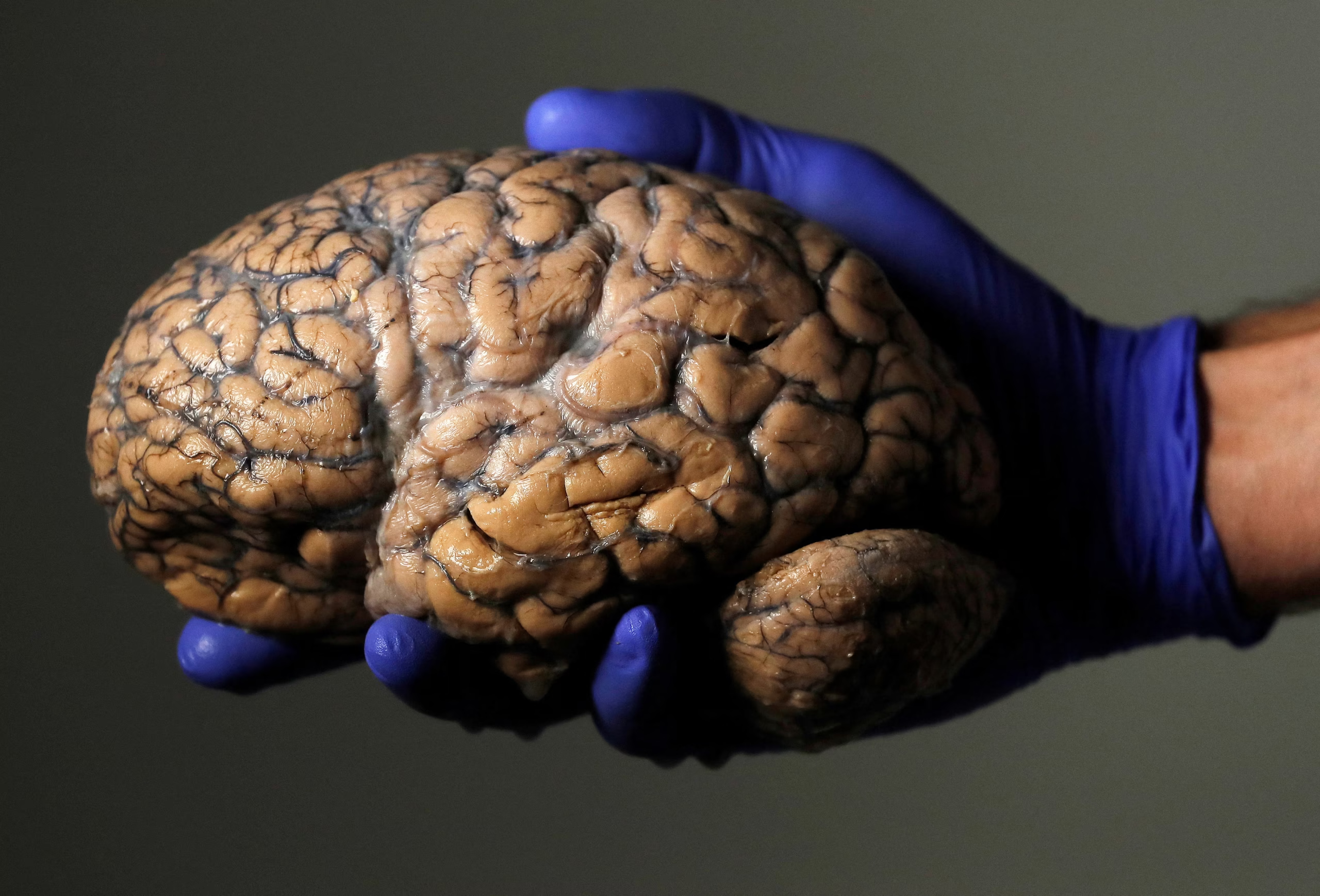Context
- A set of six landmark studies published in Nature has produced the most detailed brain development atlases so far.
- These atlases were created under the US BRAIN Initiative, led by the Allen Institute for Brain Science.
- This transforms brain atlases from static maps to dynamic developmental timelines, showing the brain as a continuously evolving system.
What Are These New Brain Development Atlases?
- These atlases are high-resolution, multi-dimensional maps that show:
- How brain cells originate (from stem cells).
- How they migrate across tissues.
- How they gradually mature and change identity.
- How the brain builds its circuits over time.
- How these processes differ across species.
- They combine:
- Single-cell RNA sequencing (which genes are active)
- Viral barcoding (tracking cell lineage over time)
- Spatial transcriptomics (“tri-omics”) (genes + DNA accessibility + proteins + exact location)
- Computational models (to define stages using objective genetic criteria)
- This is the first standardised, cross-species, time-based map of brain development.
Why Was This Needed? (Limitations of Old Brain Maps)
- Old atlases treated neurons as fixed cell types, not dynamic ones.
- Different labs used different methods → data couldn’t be compared.
- They relied on single time-point snapshots — missing how cells transition.
- They lacked cross-species alignment, making human brain evolution unclear.
- Many neurons only express identity markers transiently, which old maps missed.
- The new atlases show the brain is:
- A continuum, not fixed types.
- Built through gradual gene-expression transitions, not abrupt jumps.
- More similar across species than previously thought.
How Were These Atlases Created? (The Methods)
- Viral Barcoding (Human Brain Lineage Atlas)
- Stem cells in human fetal brain tissue were tagged with unique viral genetic labels.
- This allowed researchers to track all descendants of each cell over time.
- Combined with single-cell sequencing + spatial mapping.
- Dynamic Gene Expression Mapping
- Algorithms detected when gene expression shifted enough to define a new developmental stage.
- Removes subjective classification.
- Spatial Tri-Omics (Yale University Team)
- Measured:
- Which genes are active
- How open the DNA is (can genes turn on?)
- Measured:
- Which proteins each cell makes
All linked to the exact location inside brain tissue.
- Meta-Atlas (Mouse–Marmoset–Human Alignment)
- Created a common coordinate system for comparing cell development across species.
- Enables a unified “reference map” for future neuroscience.
| Single-cell sequencing: It is a technique that reads the genetic activity of individual cells, instead of mixing thousands of cells together. This helps scientists understand how each cell is unique, how it develops, and how diseases begin at the cellular level. |
Key Highlights
- Neurons Do Not Have Fixed Identities
- Developing neurons move through intermediate
- Gene activity shifts gradually; boundaries are not sharp.
- Human Development Follows the Same Pattern, but Slower
- Humans have similar developmental pathways, but over a longer time.
- This gives cells extra time to diversify → more complex circuits.
- Inhibitory and Excitatory Neurons Develop in Complementary Timelines
- Maps show how the brain balances networks responsible for
- excitation (activity)
- inhibition (calming)
- Key for understanding disorders like epilepsy, autism.
- Maps show how the brain balances networks responsible for
- Evolution Reuses Old Cell Types
- Neuron types once thought “unique to humans/primates” actually exist in many mammals.
- Evolution modifies existing plans, rather than inventing new ones.
- Development and Repair Share Mechanisms
- Injured brain regions re-activate development-like gene patterns.
- Suggests shared pathways for growth and healing.
Implications
- Understanding Neurodevelopmental Disorders
- Disorders like autism, epilepsy, schizophrenia may arise when developmental timings go wrong.
- Atlases reveal critical windows when disruptions cause long-term effects.
- Advancing Regenerative Medicine
- Knowing how cells naturally mature helps improve brain repair therapies and organoid models.
- Better Animal Models for Human Brain Diseases
- Cross-species reference maps identify where animals genuinely resemble humans.
- Improved Classification of Neuron Types
- Future textbooks will move from static categories to developmental trajectories.
- Standardisation of Brain Data
- Neuroscience research worldwide can use the same reference atlas.
Challenges & Way Forward
| Challenges | Way Forward |
| Limited availability of human brain tissue at key developmental stages | Develop better organoids and more ethical tissue access frameworks |
| Many neuron types appear only briefly or in specific conditions | Expand sampling across more timepoints and behavioural states |
| Current atlases cover mainly cortex, not full brain | Extend mapping to deeper regions like thalamus, basal ganglia, brainstem |
| Methods differ across labs globally | Promote adoption of the BRAIN Initiative’s common protocols |
| Dynamic transitions still difficult to define precisely | Improve computational tools for detecting subtle gene-expression shifts |
| Need for evolutionary understanding across more species | Add non-human primates, marsupials, and diverse mammals |
Conclusion
The new brain atlases transform neuroscience by showing how brain cells evolve across time and species, revealing dynamic developmental trajectories. With further data and cross-species integration, they will strengthen research on brain disorders, evolution, and regenerative medicine.
| EnsureIAS Mains Question Q. The new multi-species brain development atlases represent a shift from static to dynamic neuroscience. Discuss how these atlases improve our understanding of brain development, evolution, and neurological disorders. (250 words) |
| EnsureIAS Prelims Question Q. Consider the following statements about the new brain developmental atlases created under the US BRAIN Initiative: 1. They use viral barcoding to trace cell lineages in developing human brain tissue. 2. They include spatial mapping of gene activity linked to exact anatomical locations. 3. They show that neuron types acquire identity in sharp, clearly defined transitions. 4. They allow comparison of developmental stages across species using a common reference framework. Which of the above statements are correct? Answer: A Explanation: Statement 1 is correct: Viral barcoding was used to tag individual stem cells and track their descendants. Statement 2 is correct: Spatial tri-omics linked gene activity, DNA accessibility, and proteins to precise anatomical locations. Statement 3 is incorrect: The studies show gradual transitions, not sharp jumps. Statement 4 is correct: The meta-atlas aligns mouse–marmoset–human developmental stages across species. |
Also Read | |
| UPSC Foundation Course | UPSC Daily Current Affairs |
| UPSC Monthly Magazine | CSAT Foundation Course |
| Free MCQs for UPSC Prelims | UPSC Test Series |
| Best IAS Coaching in Delhi | Our Booklist |




